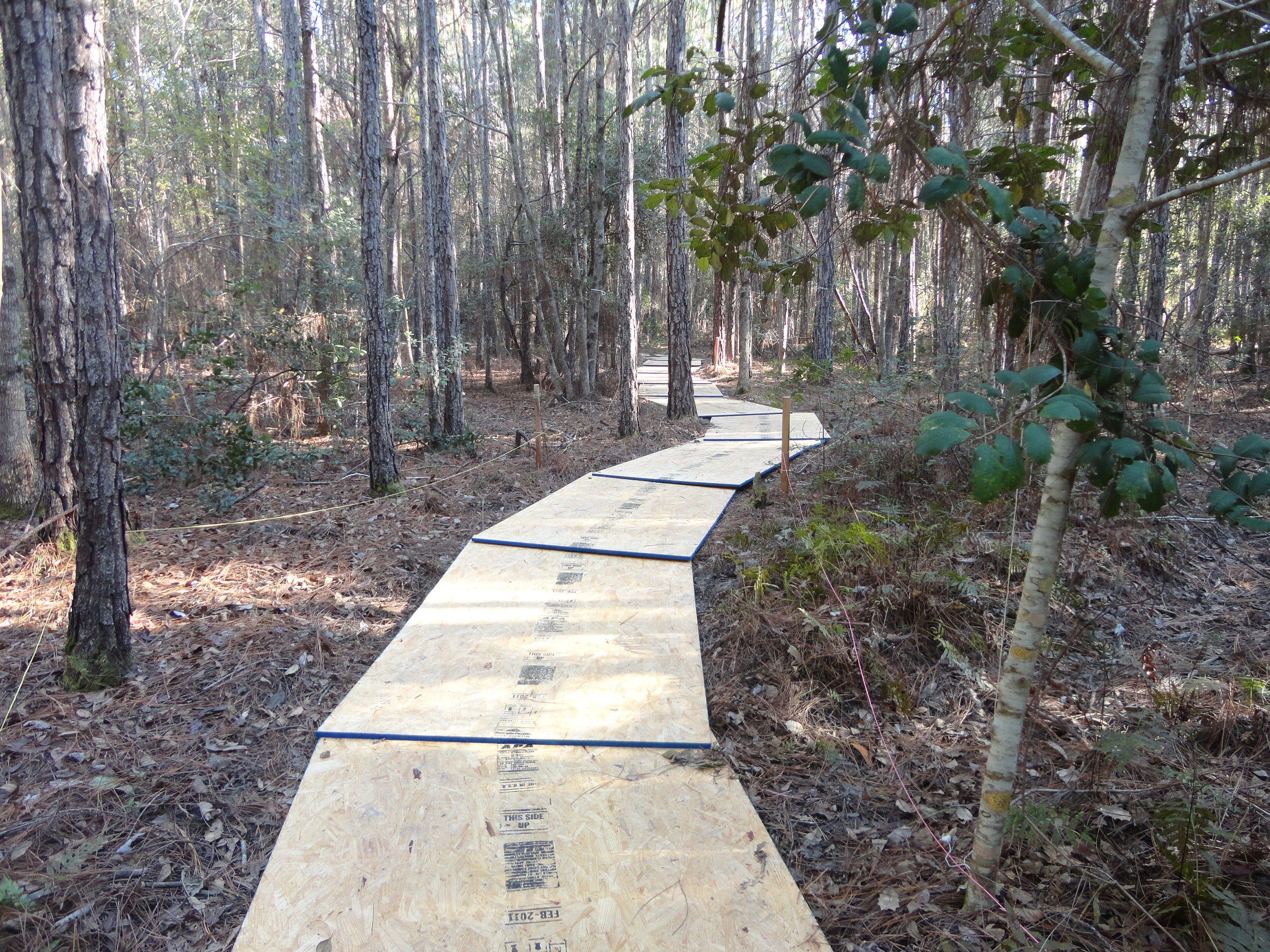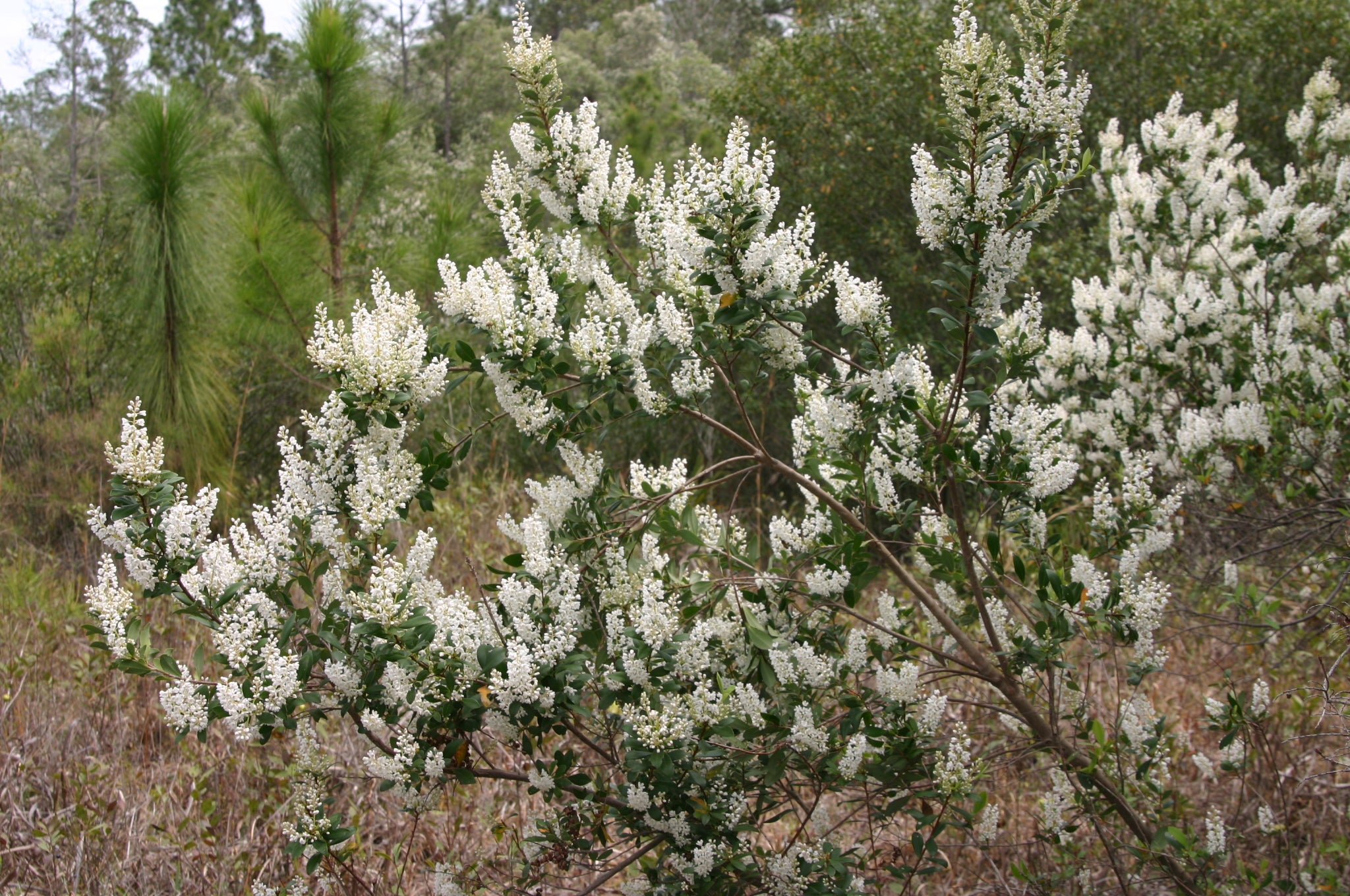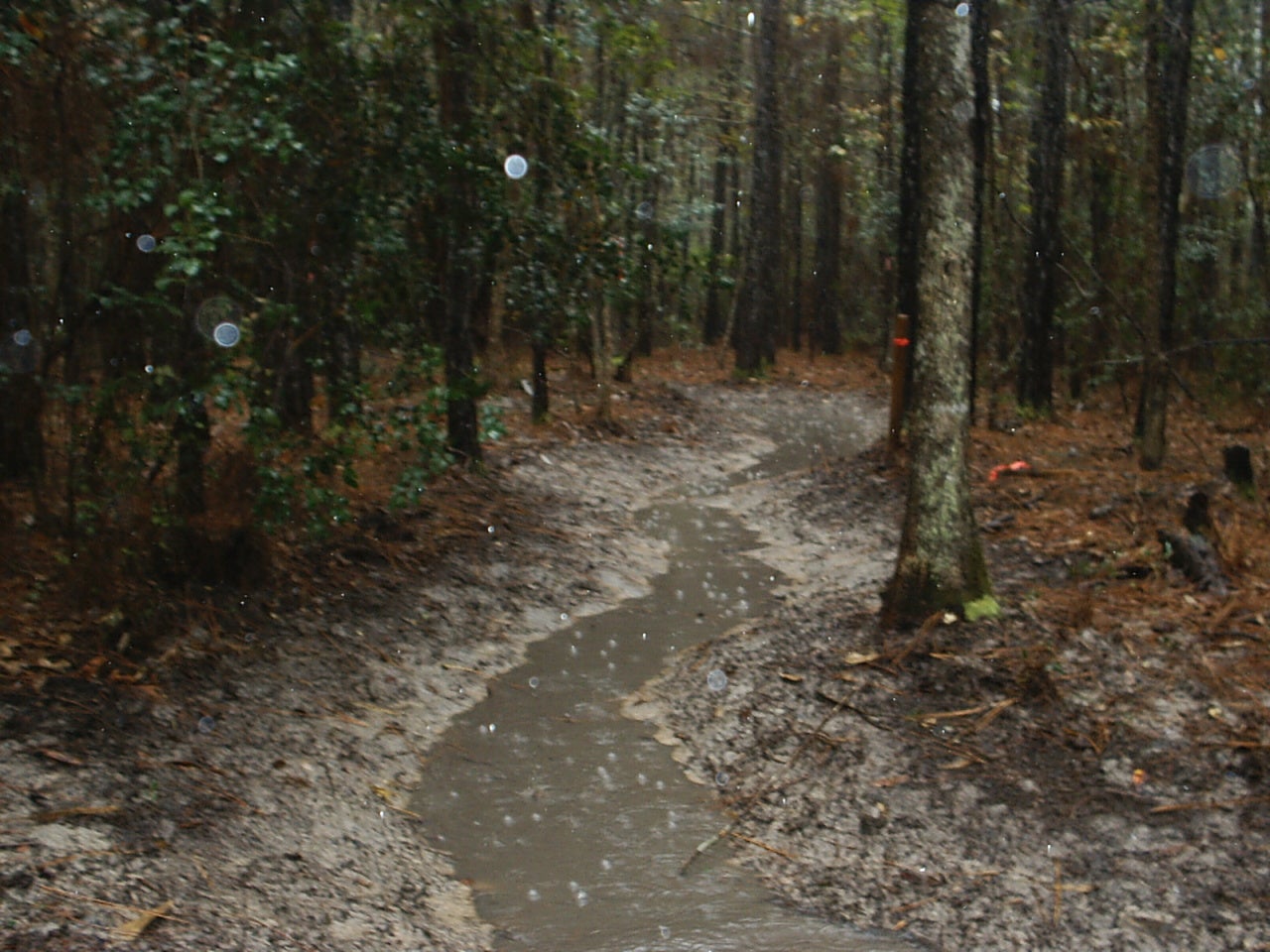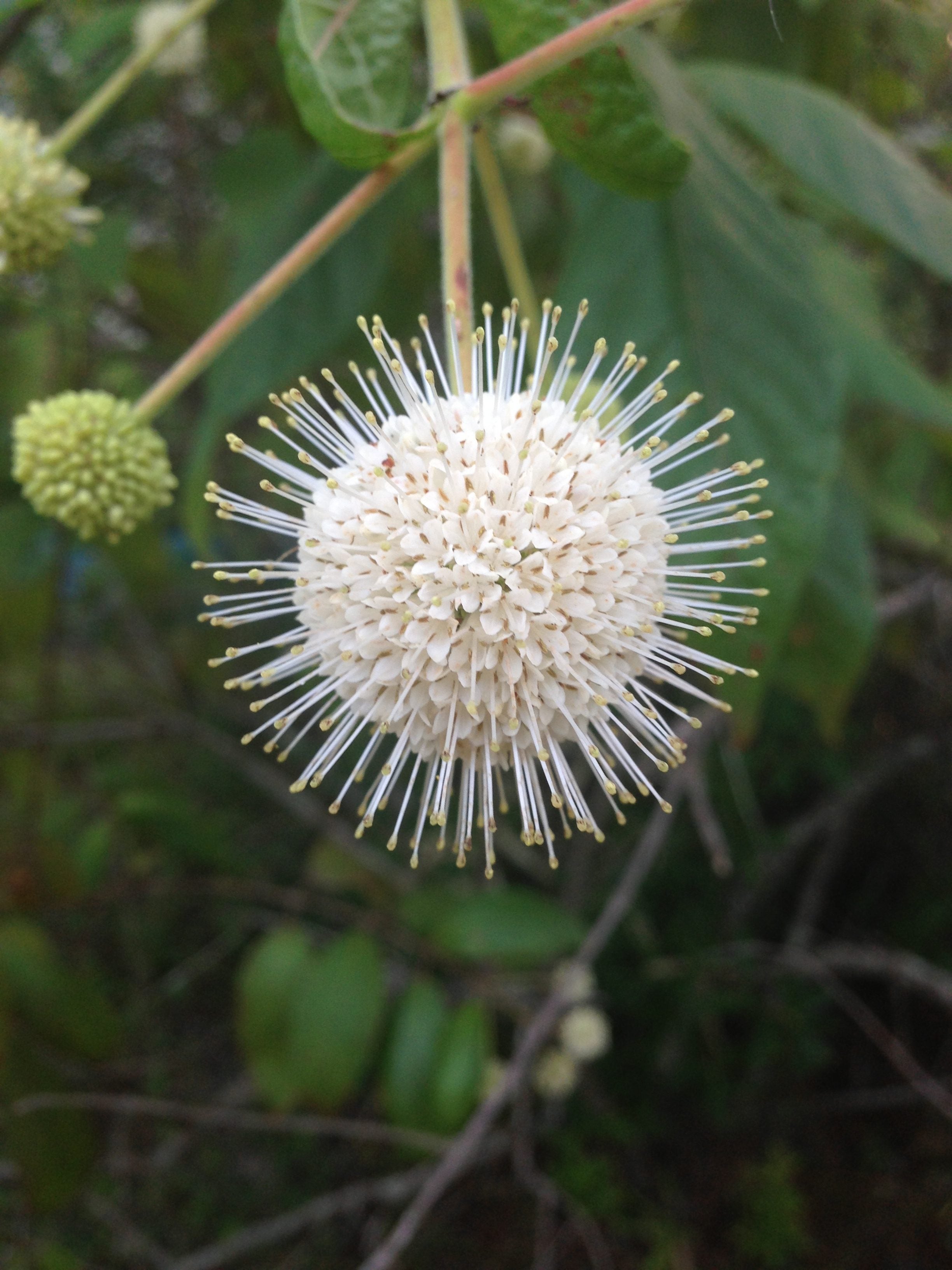Native plants that are at home in garden waterways
Published 3:41 pm Sunday, October 31, 2021
Patricia R. Drackett
Director, The Crosby Arboretum, Mississippi State University
Assistant Extension Professor of Landscape Architecture
Recently, I strolled along the main pathway of Arboretum’s Swamp Forest Exhibit. This trail parallels an intermittent stream connecting the Gum Pond in the northern portion of the site to our Slough Exhibit and the Piney Woods Pond.
During rain events, water flows down the stream bed. While few people may enjoy a walk along the adjacent trail in the rain, to experience the area after a storm can be quite an experience, as water usually flows rapidly down the channel. Seven small pedestrian bridges crossing the stream allows travelers great views of the rushing water.
Perhaps your own garden or property has a small stream, an occasionally flowing drainage ditch, or some other type of waterway where water only makes a brief appearance after a rain. You may have areas on your land that are wet only during the winter months when the water table is higher, and trees are no longer are supporting a thirsty, leafy canopy. Such waterways can offer you great opportunities for adding new native species in your landscape, which can be easy to care for and are aesthetically pleasing.
There are numerous forested wetland plant communities in south Mississippi, including bayheads, pond cypress depression forests, and Atlantic white cedar swamps. Examples of canopy trees suitable for planting within these areas are sweetbay magnolia (Magnolia virginiana), swamp black gum (Nyssa biflora), and swamp red maple (Acer rubrum var. drummondii), pond cypress (Taxodium ascendens), and Atlantic white cedar (Chamaecyparis thyoides var. henryae). You can see some nice specimens of Atlantic white cedar which were planted about twenty years ago along the Slough Trail. This attractive native conifer can still be found growing isolated patches on the Mississippi Gulf Coast.
Understory trees that prefer these wet conditions include evergreen species such as swamp bay (Persea palustris), red bay (Persea borbonia), devilwood (Osmanthus American), American holly (Ilex opaca), buckwheat tree (Cliftonia monophylla), myrtle-leaf holly (Ilex cassine var. myrtifolia), and loblolly bay (Gordonia lasianthus). Deciduous understory trees include mayhaw (Crataegus opaca), famous for its tasty jelly and sporting white blooms in nearby swamp forests in early spring, and American snowbell Styrax americanus), which also has attractive white spring blooms.
There are many outstanding choices of native shrubs that prefer wet sites, such as ti-ti (Cyrilla racemiflora), and buttonbush (Cephalanthus occidentalis). Both bloom in late spring to early summer, are popular in the commercial native plant trade, and can grow 15 to 20 feet in height. Buttonbush has unusual white globe-shaped flower clusters, and ti-ti has striking sprays of white flowers. Although both shrubs will grow in shade, they will develop a denser growth and more blooms in areas of full sun.
Buttonbush is a great choice for the areas in your yard that remain soggy throughout the year. You can see examples of this shrub near many of the Arboretum’s bridges. Both ti-ti and buttonbush do well on the banks of wet areas where they will be moist but well-drained.
Several other deciduous shrubs that are show-stoppers in the swamp forest landscape include sweet pepperbush (Clethra alnifolia) and Virginia sweetspire (Itea virginiana). Both shrubs have attractive white bloom spikes and are popular native landscape shrubs in the nursery trade. Clethra typically grows to 6 to 8 feet, but more compact-growing varieties are available, such as ‘Hummingbird’. Itea has a sprawling form and grows to about 4 to 6 feet in well-drained, moist areas at the Arboretum, such as at the bases of bald cypress trees. It has attractive fall color. Two popular varieties are ‘Henry’s Garnet’, and a compact form called ‘Little Henry’.
If you have an intermittent waterway, consider adding rocks along the sides of the channel to provide interest during the times the area lacks flowing water. Or widen the channel in some areas and add soil or additional rocks to allow the water to collect, creating shallow pools.
On Sunday, November 7 from 1:00 to 2:30 p.m., children will enjoy an “Introduction to Gardening Workshop” about pollinator gardens and plant propagation with Pearl River County Extension Agent Dr. Eddie Smith. A 5K Trail Run will be held Saturday, Nov. 13, from 7:30 to 10:30 a.m. That afternoon, attend a modified 19th Annual Piney Woods Heritage Festival from 11:30 a.m. to 3:30 p.m.
Several guided Forest Therapy sessions will take place in November and December with Nadine Phillips, INFTA-Certified Forest Therapy Guide in training, with the next to be Saturday, November 21, 9:30 a.m. to noon. To sign up for programs, call 601-799-2311. The Arboretum is open Wednesday through Sunday and located in Picayune, I-59 Exit 4, at 370 Ridge Road. Exit gates are closed at 4:30 p.m. The business office is open 9 a.m. to 5 p.m.







